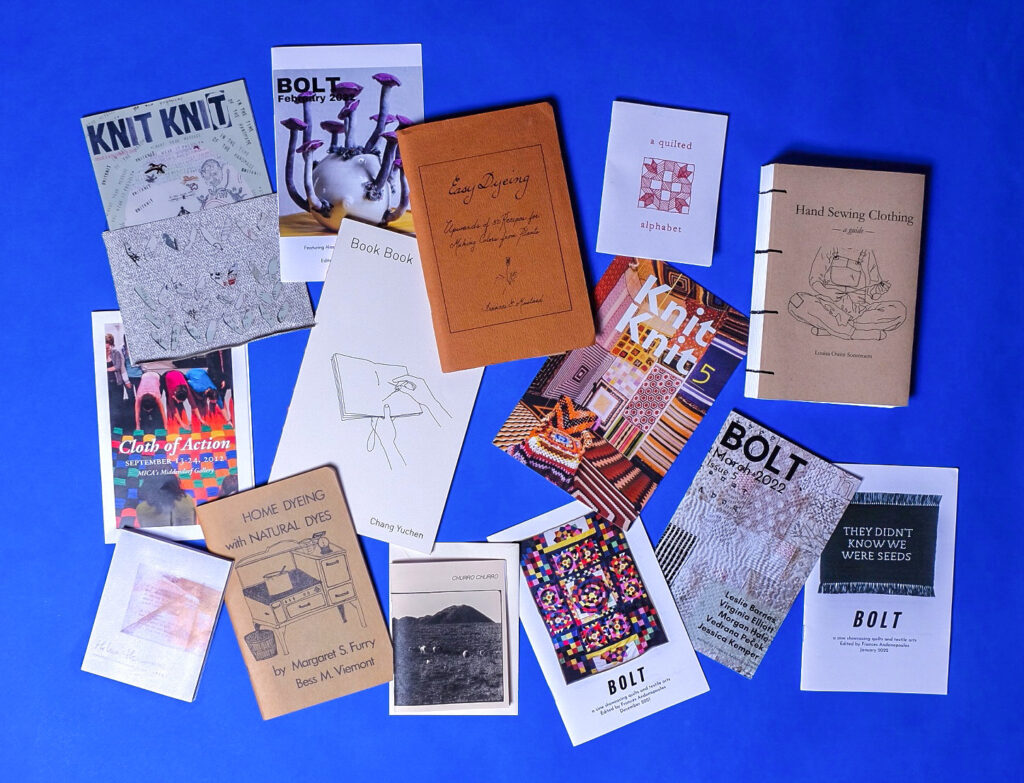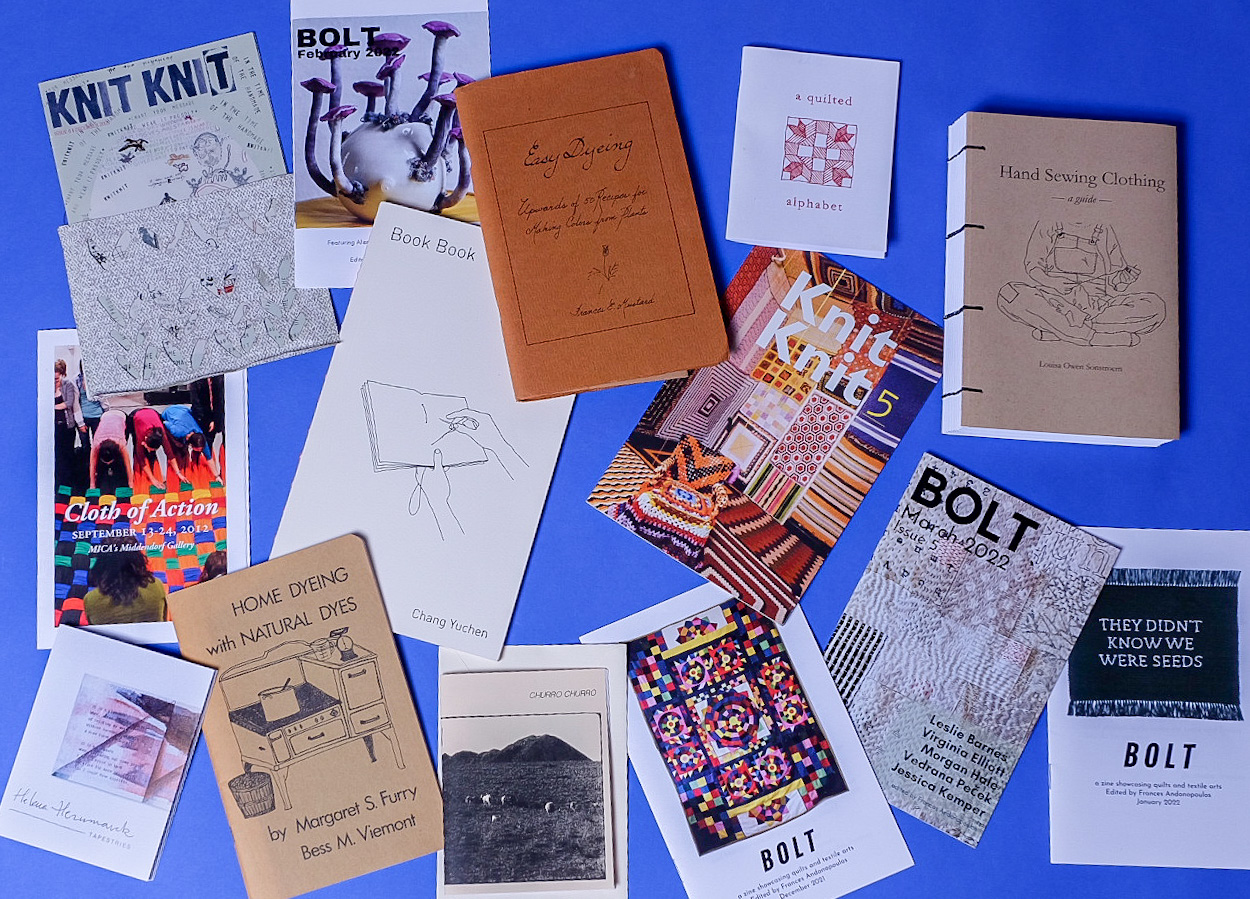
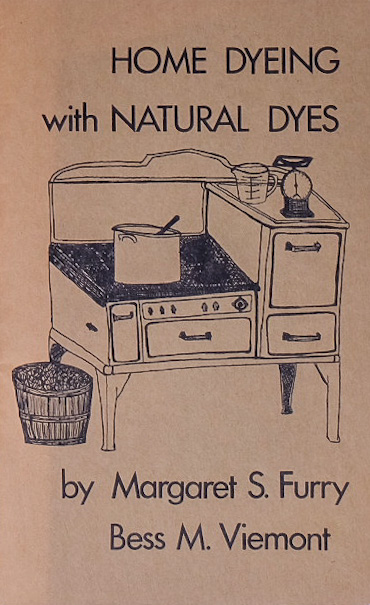
Zine: an abbreviation of the word fanzine, or magazine; pronounced /’zi:n/zeen.
How did people connect with each other and share their experiences, obsessions or troubles before the internet?! Zines! Humble pieces of paper of all shapes and sizes, duplicated using a photocopier (or even by hand!) and accessible to anyone. This DIY format was the vehicle for scribbles, typing, drawing, or photo collage to chronicle stories, feelings, trends, obsessions, protests. A zine can be anything, and anyone can make one with paper, writing tools and something to share. Zines capture evidence of events, people, and places that aren’t necessarily printed in more commercial publications.
Zines are not just an abbreviation for a magazine, they are a world unto themselves. Not so long ago publishing was a virtually impenetrable system that only few were able to access, so people took matters in their own hands. Zines are one of the most democratic of publications, rarely edited or censored by media corporations or publishing houses. This allows for topics outside of the mainstream that would rarely be considered by more formal publishers. The unedited and honest views from members of the community are what make these publications so unique.
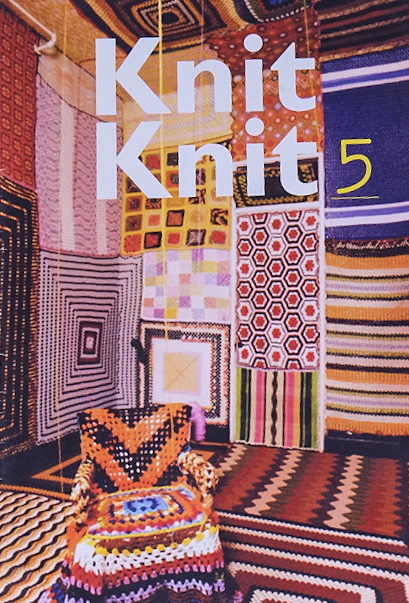
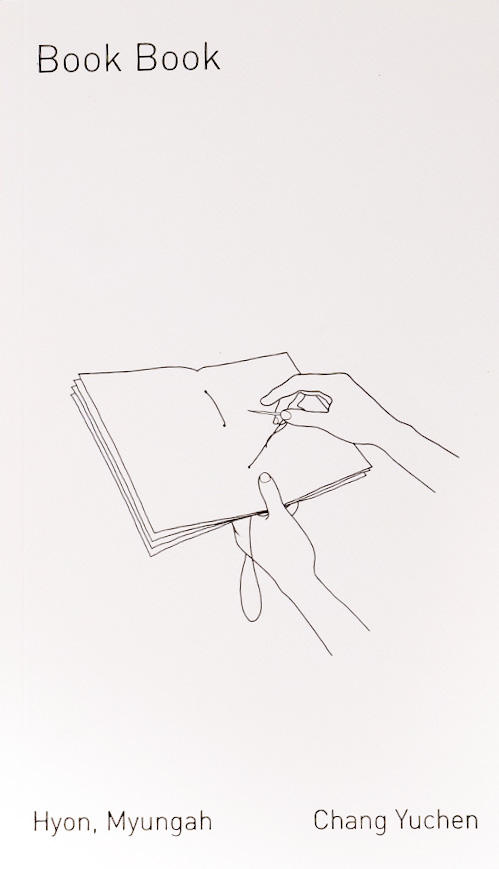
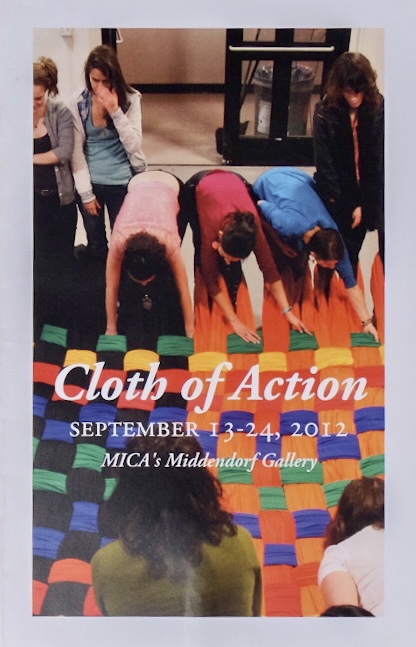
Zines work outside of the framework of capitalism: for a majority of them, under 1,000 copies were made (perhaps not even that many). Commercial distribution is mostly avoided. The goal of most zinesters is to get their publication into the hands of the people in the most immediate way, without the interruption of companies or an intermediary agent. Zine making was not profit-driven for zinesters, but motivated by the love of a single topic or the drive to share a personal experience. In this way, zines are one of the best primary sources that capture a raw, honest account of life, love, and social history in the time in which they were made. The voices and stories from the marginalized and underground were lifted up using this accessible format.
As a librarian, I believe zines are one of the best sources of local and regional histories. Unfortunately, because they are seen as flimsy, self published papers and run the gamut from beautiful art-filled pages to illegible scribbles, they have historically not been valued as true sources of information. At Tatter, we are lucky to be in the same city as one of the most impressive zine collections at Barnard Library. My personal zine librarian hero, Jenna Freedman, has put together an incredible collection and continues to do much community organizing around zines. Additionally, there is an impressive directory of zine libraries from around the world on the Barnard website here: https://zines.barnard.edu/zine-libraries.
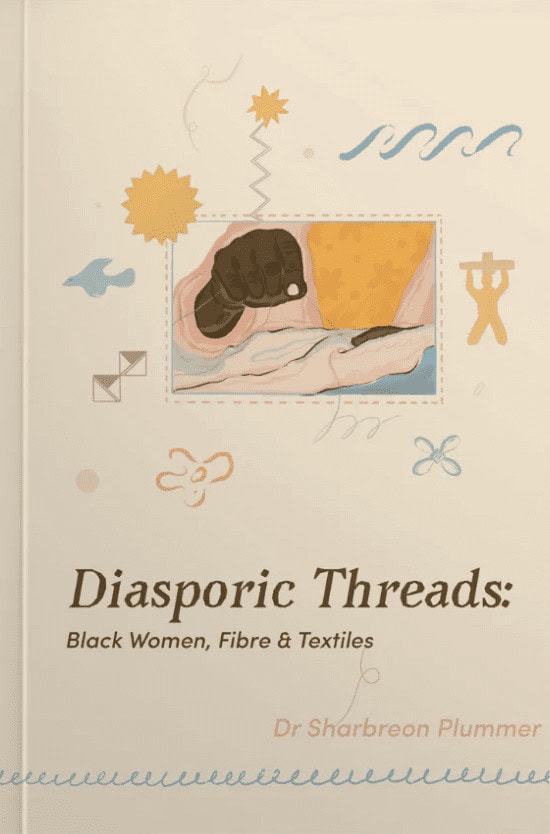
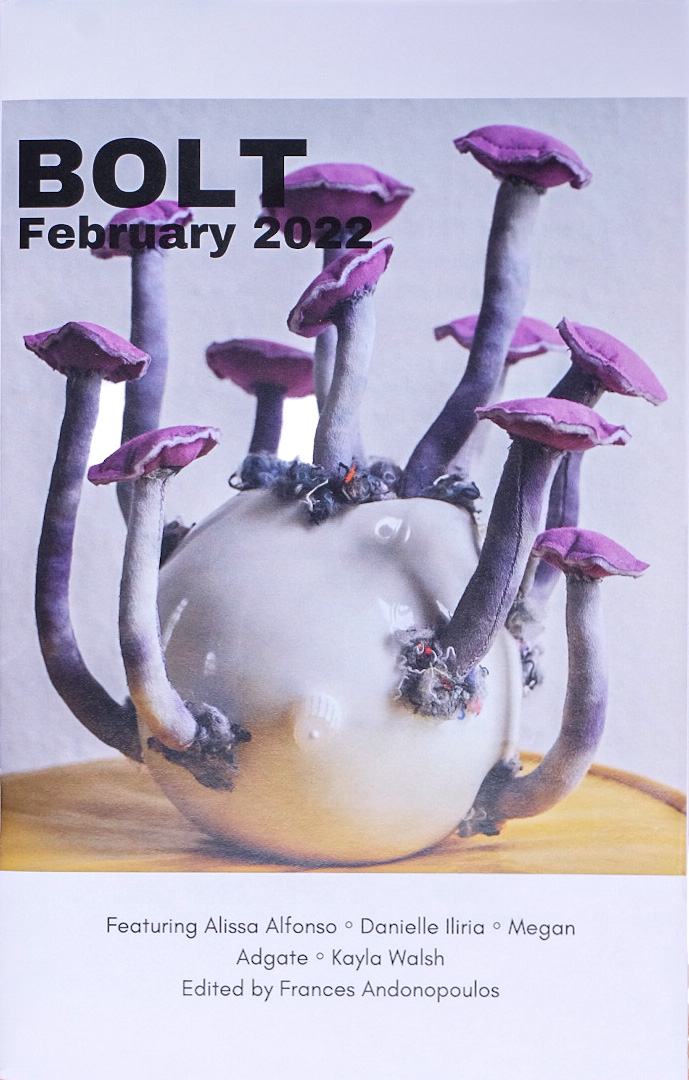
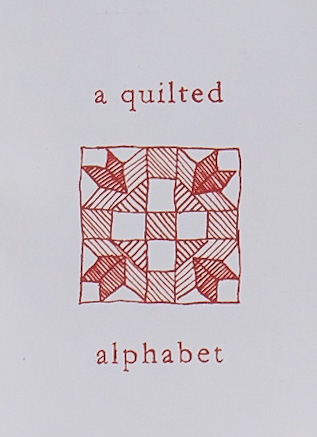
At Tatter Blue Library, we have a growing collection of zines about textile techniques and textile art. They are in process of being cataloged, but they are available to view by request if you visit our library in person. We would love to develop this collection further. If you have any textile zine suggestions, please let us know! If you wish to donate a zine, we are happy to receive!
We’ve included a link to Anne Elizabeth Moore’s “How to make this very zine,” which contains instructions for creating a zine from a single sheet of paper, here: https://zines.barnard.edu/sites/default/files/inline-files/SZinePDF%20attach%201%20_0.pdf. If you make a textile related zine, we would love to be informed!
Spend a moment looking through our growing collection of zines, and take a minute to digest the important role zines play in the canon of publication!
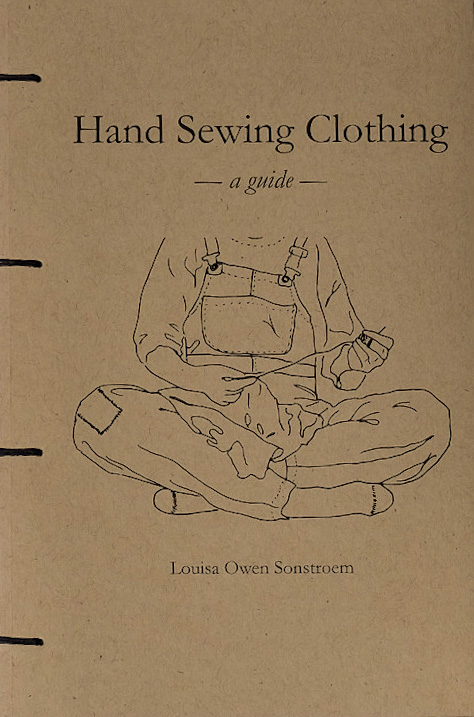
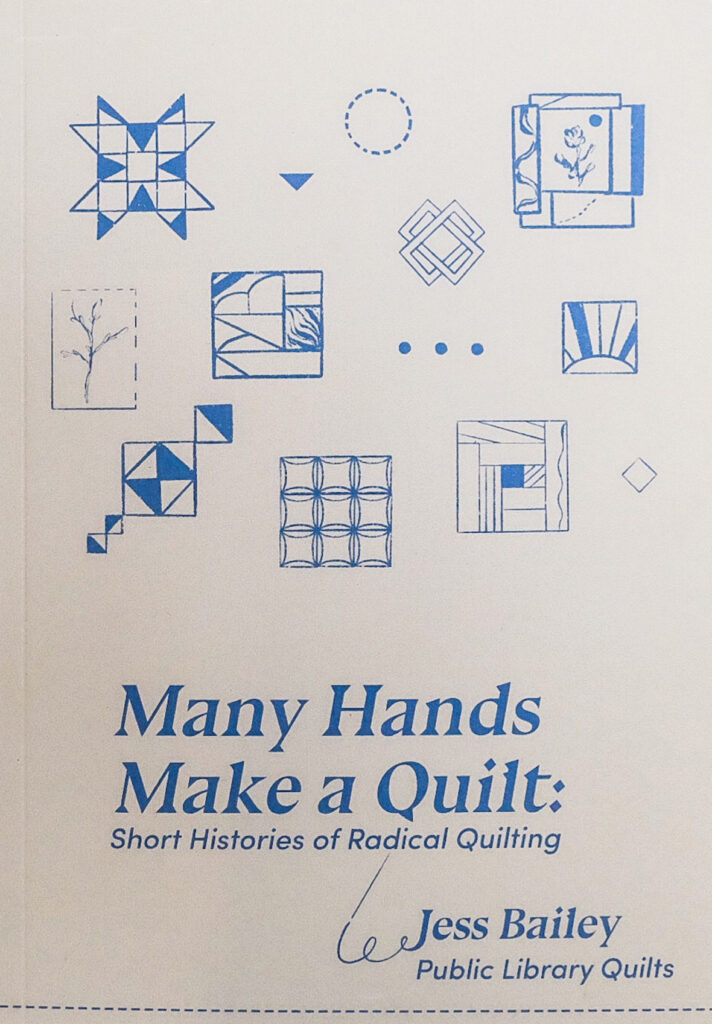
SCHEDULE A VISIT TO TATTER BLUE LIBRARY
For further zine-related reading:
https://en.wikipedia.org/wiki/Zine
https://zines.barnard.edu/zine-basics
Bartel, J. (2004). From A to Zine. Chicago: American Library Association.
Biel, Joe Make a Zine: Start Your Own Underground Publishing Revolution (20th anniversary 3rd edn) Microcosm Publishing, 1997, 2008, 2017
Duncombe, S. (1997). Notes from the Underground: Zines and the Politics of Alternative Culture. Verso Publisher.
Live map of zine distributors: https://www.google.com/maps/@35.0308138,-65.0498952,10867480m/data=!3m2!1e3!4b1!4m3!11m2!2siy62TXlooQbdzmiZAdIiFy_CaUcNOg!3e3
“How to publish a fanzine”: http://www.zinebook.com/resource/gunder.html
